France harvest 2018
A wet, stormy spring affected yields in some areas, but the glorious summer that followed has resulted in a largely optimistic picture from our French producers.
The north and east of France had a particularly good year, with Champagne, Alsace, Burgundy and their surrounding areas reporting both healthy yields and high quality. Elsewhere, a damp spring meant high mildew pressure, even in the Mediterranean south where this is unusual. But the long, warm summer that followed led to positive reports across the board in terms of grape concentration and flavour, with harvest beginning early in many areas.
Buyer Robert Mathias said, “2018 was in general a welcome relief from a short 2017 vintage across most of France, although there are exceptions, notably in the south of France. 2018 was not a homogenous harvest across France, and actually the weather tended to be quite extreme. Firstly there was quite severe humidity, heavy rain, and isolated hail in the spring period which brought with it heavy disease pressure. This was then followed by unremitting sunshine almost all the way until harvest. It was a vintage that required extreme vigilance in the vineyard, not only for treatments but the decision when to pick – this was an early vintage, similar to 2003 or 2009.”
Here’s a breakdown of each region with reports from our producers:
Champagne
High yields and good quality might prove 2018 to be one of Champagne’s most successful vintages in years, with many producers already showing optimism about the finished wines. A cool, wet winter recharged the vines and soil, in preparation for an especially warm, dry summer, culminating in an early harvest.
Buyer Jamie Avenell said, “An exceptional vintage in both quality and quantity, much welcomed after the frost losses of last year. Quality focused producers will be delighted with the base wines that they have to work with from the vintage”
Here’s what our producers had to say:
Champagne Palmer & Co
The north-facing vineyards in the Montagne de Reims area once again proved robust with good acidity, while the Chardonnays to the east also displayed promising balance. First tastings are scheduled for December, but Palmer are already confident of a great vintage year.
Bruno Paillard
R. Pouillon et Fils
Champagne Serge-Mathieu
Alsace
Like much of France, Alsace experienced an earlier-than-average harvest along with good quality and substantial yields.
Here’s what our producers had to say:
Domaine Marc Kreydenweiss
Jean Biecher
Loire
Apart from heavy rain and thunder storms between May and June, 2018 can otherwise be described as having the ideal conditions for producing top quality fruit in the Loire.
Here’s what one of our producers had to say:
Loire Properties
A favourable spring meant early flowering, resulting in the development of beautiful bunches of grapes, with no threat of hail or frost. June was rainy with high mildew pressure, which meant growers had to be vigilant, but it turned into a warm, dry summer which led to high yields of good quality and an early harvest in good conditions. Looking ahead to the finished wines, Loire Properties are expecting “beautiful, aromatic complexity in white and rosé wines” and “round and silky reds”.
Burgundy
Producers have been unanimously pleased with the quality of 2018, as well as with yields, which have mercifully been better than the previous couple of vintages.
Here’s what our producers had to say:
Domaine Robert-Denogent
Maison Dampt
In terms of grape quality, he reports that “the balance between the acidity and the sugar was perfect”. Concentration is high due to the warm conditions, with flavours similar to 2015 (another warm year) and a richness more akin to 2006.
Despite picking early for freshness, Sebastien says it still won’t be a vintage for high acidity. But despite this, he is still confident with the wines’ ageing potential.
La Chablisienne
Beaujolais
Ripe, concentrated fruit and the promise of top quality, structured wines seem to be the recurring story across Beaujolais in 2018.
Here’s what our producers had to say:
Domaine Cheysson
Marcel Lapierre
Yohan and Lucien Lardy
Extreme heat in July and August served to concentrate juice and reduced yields, which were nonetheless above average. Early indications suggest that it will be a powerful, juicy vintage, deep in colour, with a lot of tannins; similar to 2005, 2009 and 2015.
Savoie
After a series of three small harvests, including a catastrophic one in 2017 due to spring frosts, 2018 has been a joy for Savoie.
Here’s what our producer had to say:
Domaine Jean Perrier et Fils
Bordeaux
A damp spring and early-summer hailstorms signalled a rocky start to Bordeaux’s 2018 growing season, but a warm dry summer saved the day.
Here’s what one of our producers had to say:
Chateau d'Arche (Sauternes)
Rhone
Like much of the southern part of France, 2018 had a difficult start, characterised by storms and significant mildew pressure. But the second half was warm and sunny, with perfect conditions around harvest.
Here’s what one of our producers had to say:
Domaine Marc Kreydenweiss
South of France
Miren de Lorgeri from AOC Languedoc and PGI Sud de France reports that, “some parts were impacted by significant downy mildew attacks due to a very wet spring”, which is unusual for this area of France. This particularly affected those committed to organic viticulture. But despite reduced yields for some, she predicts that “the texture of the wines will be harmonious and very balanced”.
Looking at Provence specifically, buyer Jamie Avenell said, “This vintage we have a perfect storm from Provence, the wines have been growing in volume and popularity rapidly in the UK, as well as globally, but with a short vintage and said demand, pricing next year will increase and availability will be tight. Look to plan your Provence and other rosé selection early on next year”
Here’s what some of our producers had to say:
Chateau d'Esclans, Provence
Mirabeau, Provence


